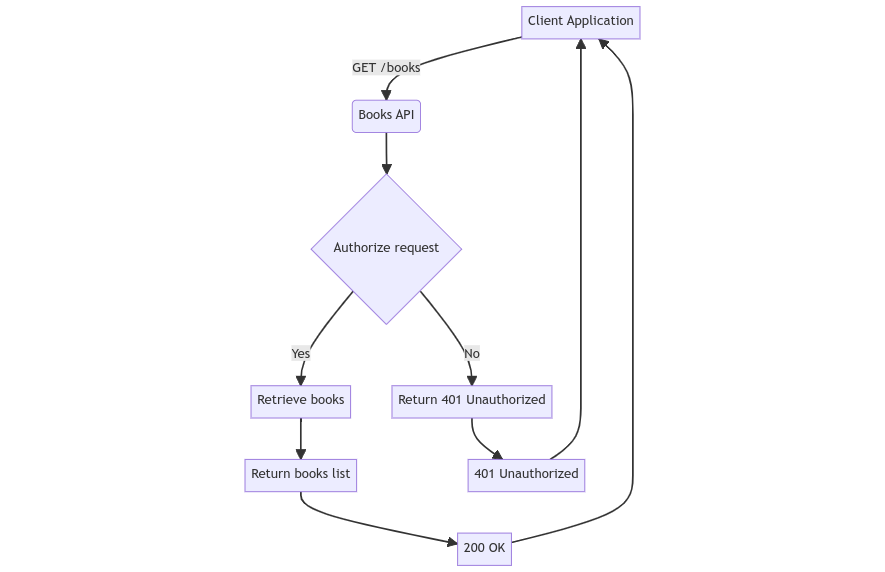Introduction
As applications become more data-driven, RESTful APIs have emerged as a popular way to build interfaces that enable diverse client apps to interact with backend data and services. Well-designed REST APIs power the data backends of web, mobile, IoT, and other applications. They provide a standardized way to expose data and functionality over HTTP in a scalable, flexible way.
However, building maintainable REST APIs that can stand the test of time and evolve along with business needs requires forethought and applying best practices. This article provides an overview of key factors to consider when designing RESTful APIs for data services that are robust, scalable, and easy to maintain over time.
API Design Principles
Some guiding principles form the foundation of well-designed REST APIs:
- Resources – APIs expose resources that can be manipulated by API consumers. Resources represent specific data entities.
- HTTP methods – APIs use HTTP methods to operate on resources: GET, POST, PUT, DELETE, etc.
- Endpoints – Endpoints identify resources and operations to perform on them.
- Responses – Requests return appropriate HTTP response codes and response bodies.
- HATEOAS – Responses contain links to related resources to help clients navigate the API.
Adhering to REST principles enables building standardized, scalable and portable APIs.
Designing Resources
Resources are at the core of any REST API. Some tips for modeling resources effectively:
- Identify key data entities and relationships early.
- Expose information logically through nested URLs.
- Use plurals for collections, singular for single entities.
- Keep URLs and resource names simple and intuitive.
- Avoid overly nested resources and complex URL paths.
For example, a book store API might model:
/books # All books
/books/1234 # A specific book
/authors # All authors
/authors/5678 # A specific author
/books/1234/authors/5678 # Author of a bookDocumenting resources, attributes, and relationships in the API specification helps developers understand how to use the API.
Defining API Operations with HTTP Methods
HTTP methods define operations that can be performed on resources:
- GET – Retrieve a representation of a resource
- POST – Create a new resource
- PUT – Update an existing resource
- PATCH – Partially update a resource
- DELETE – Delete a resource
For instance, making a GET request to /books would retrieve a list of books, while POST /books can create a new book.
Using HTTP Status Codes
HTTP response status codes indicate API request outcomes. Common codes include:
- 200 OK – Request succeeded
- 201 Created – Resource created successfully
- 400 Bad Request – Invalid request
- 401 Unauthorized – Authentication required
- 403 Forbidden – User lacks permission
- 404 Not Found – Resource does not exist
- 500 Internal Server Error – Server error occurred
APIs should return appropriate status codes based on the request result.
Documentation and Discoverability
Clear, up-to-date documentation helps developers use an API. Best practices include:
- Provide an OpenAPI or Swagger spec with resource details, endpoints, operations, parameters, etc.
- Use consistent naming conventions and well-defined request/response structures.
- Document authentication methods, error responses, limitations, etc.
- Make documentation easy to find and keep it in sync with code.
- Use API browsers, sandbox environments, and examples to improve discoverability.
Versioning
REST API versioning enables introducing changes without breaking existing consumers. Strategies include:
- URI versioning – Include version in URL, like /v1/books
- Request parameter versioning – Pass API version as a parameter
- Header versioning – Specify version in a custom request header
- Media type versioning – Use content negotiation to specify version in Accept header
Provide deprecation warnings and upgrade guidelines when introducing new API versions.
Security
APIs need appropriate security schemes like:
- HTTP authentication – Basic, digest, OAuth
- Token authentication – JSON Web Tokens or opaque tokens
- Access control – Rate limiting, allow lists, etc.
Never expose raw data without access control. Apply TLS encryption for data in transit. Follow security best practices in implementation.
Sample REST API in Python and Flask
Here is an example of a simple REST API built with the Python Flask framework:
from flask import Flask, request
app = Flask(__name__)
books = [
{'id': 1, 'title': 'Book 1'},
{'id': 2, 'title': 'Book 2'}
]
def find_book(book_id):
return next((book for book in books if book['id'] == book_id), None)
@app.route('/books')
def get_books():
return {'books': books}
@app.route('/books', methods=['POST'])
def create_book():
book = request.get_json()
books.append(book)
return {'id': book['id']}, 201
@app.route('/books/<int:book_id>')
def get_book(book_id):
return find_book(book_id) or {}, 404
if __name__ == '__main__':
app.run()
Testing
Testing is an essential part of developing robust APIs. Some best practices for testing REST APIs include:
- Write unit tests for individual components and functions.
- Create integration tests that cover interactions between different parts of the application.
- Utilize tools like Postman or automated testing frameworks for end-to-end testing.
- Ensure that the tests cover positive, negative, and edge cases to validate the API’s behavior under various scenarios.
Conclusion
Building robust, scalable REST APIs requires applying design principles like resources, HTTP methods, appropriate status codes, effective documentation, and testing. Leveraging patterns like versioning and secure authentication enables creating resilient, long-lasting APIs. Frameworks like Python+Flask provide tools to implement REST APIs following best practices.
As applications become more data-driven, well-designed REST APIs create adaptable backends to power diverse client experiences and business needs.






